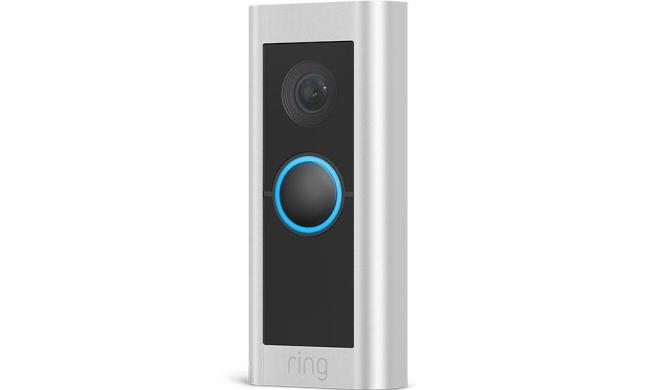
Video-sharing site YouTube may be one of the most popular services on the Internet, but it’s also drawn a lot of flak for its owner Google—including a $1 billion lawsuit from Viacom—from copyright holders upset their material is being posted to the side for worldwide distribution without their permission. YouTube/Google says it’s very responsive to take-down requests from copyright holders, but the task of shuffling through the thousands-upon-thousands of videos uploaded to YouTube daily still falls on copyright owners, many of whom don’t have the time and resources to police YouTube for infringement. So the company has been working to develop an automated tools and content filtering systems to block uploads of copyrighted video…and after almost a year of promises, YouTube Video Identification has entered a public beta.
YouTube Video Identification is essentially a database containing references to original video content, along with associated ownership information. When sers upload video to YouTube, the system compares the uploaded video to its database to determine if the video infringes on known-copyrighted material. If a match is found, YouTube will not distribute the uploaded video. YouTube has been conducting limited tests with nine media companies (identifying only Time Warner and Disney), and while YouTube intends to refine and expand the system, it believes the results are good enough to roll out to the general public.
Under the system, content providers must work with YouTube to provide the information necessarily to block unauthorized uploads: that means if a studio releases a movie, it must get a copy of the movie to YouTube, which will then scan the complete content and enter it into the video identification system. Every piece of video a copyright owner wants protected must be submitted to YouTube in order to take part in the system. If a user uploads a video representing a segment of that movie (YouTube uploads are limited to 10 minutes), the system should identify and block the upload. Instead of blocking a video upload, copyright holders can choose to promote an upload, or even partner with the uploader.
YouTube’s video identification system has raised concerns over uses of copyrighted material which would be protected under fair use doctrines, such as parody and review. YouTube has said a few seconds of copyrighted video inserted in a larger work won’t be enough to trigger an upload ban, and users will be able to request a manual review of clips they believe have been erroneously flagged by the system.
YouTube and Google are spinning their Video Identification System as a winning proposition for copyright owners, although it’s not clear if copyright holders and video distributors will view it in the same light. Having to arrange to provide high-quality copies of all copyrighted video content to YouTube is perhaps just an onerous as having to police YouTube for violations, and may only pay off if the Video Identification System works reliably…and that has yet to be established.


